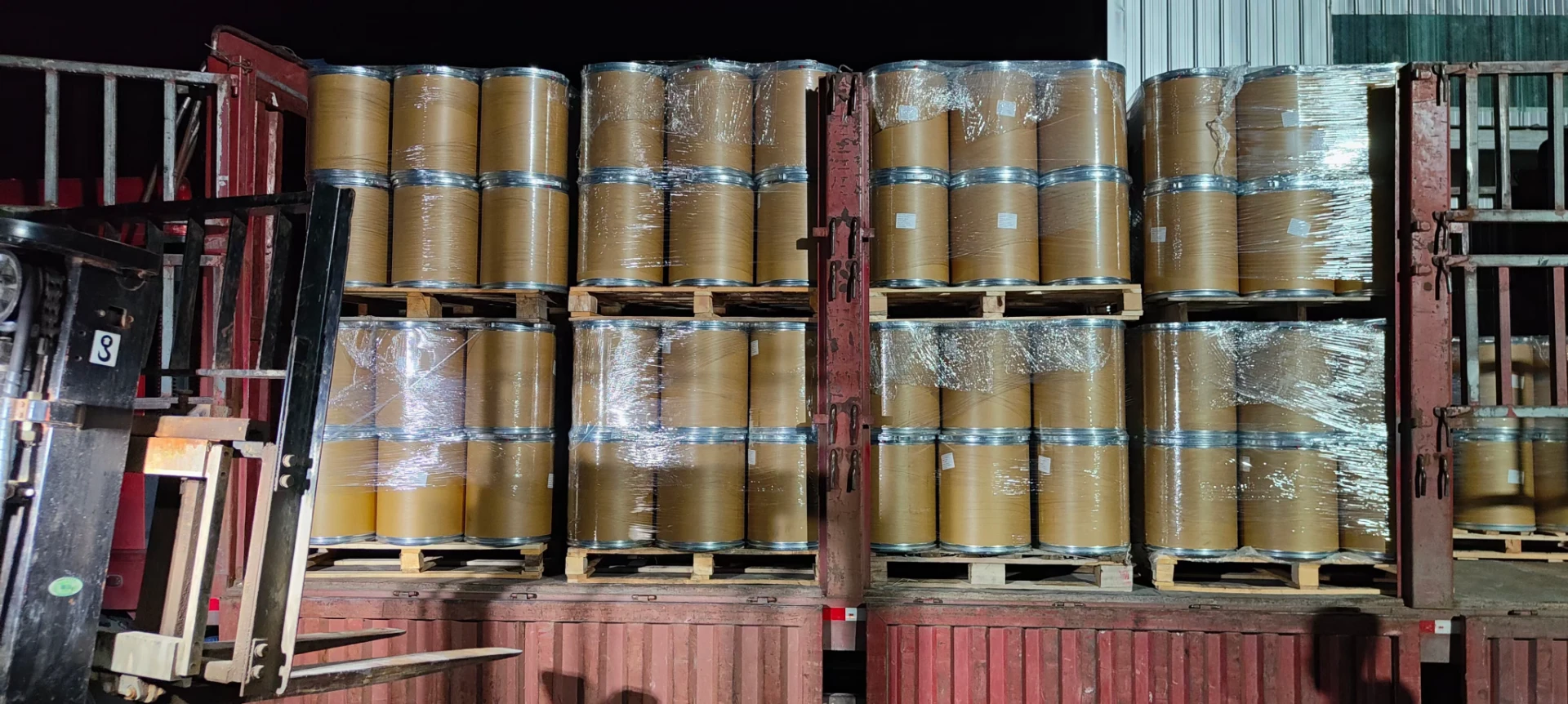The API Pharmaceutical Process An Overview
The Active Pharmaceutical Ingredient (API) process is a complex and vital segment in the pharmaceutical industry that plays a crucial role in drug development and manufacturing. APIs are the substances in pharmaceutical drugs that provide the intended therapeutic effects. An understanding of the API process is essential for ensuring drug efficacy, safety, and regulatory compliance. This article delves into the stages, challenges, and innovations within the API pharmaceutical process.
Stages of the API Process
The API process encompasses several key stages, starting from the initial chemical synthesis to final purification. Each stage is meticulously designed to ensure that the API meets stringent quality standards required for therapeutic use.
1. Research and Development (R&D) This is the foundation of the API process, where medicinal chemists develop new compounds. Through various methodologies, they explore different chemical structures for potential therapeutic effects. Once a promising candidate is selected, it undergoes preclinical testing.
2. Synthesis The selected API undergoes synthetic processes to create a compound in bulk. This involves using various chemical reactions and developing synthetic routes that are economically viable and environmentally sustainable. The choice of synthesis route is crucial, as it impacts yield, purity, and production costs.
3. Purification After synthesis, the raw API must be purified to remove impurities, solvents, and by-products. Techniques such as crystallization, chromatography, and other separation methods are used to achieve the desired level of purity, which is fundamental for patient safety.
4. Characterization Once purified, the API undergoes extensive characterization to confirm its chemical identity, structure, and purity level. This ensures that the active ingredient meets the necessary specifications. Techniques such as NMR, IR spectroscopy, and mass spectrometry are employed during this phase.
5. Formulation Development After characterization, the API is formulated into a final dosage form, such as tablets, capsules, or injectables. This stage is important as it influences the API's bioavailability – the rate and extent to which the active ingredient is absorbed into the bloodstream.
6. Quality Control and Assurance Throughout the API process, quality control (QC) and quality assurance (QA) are paramount. Rigorous testing is performed at each stage to ensure compliance with Good Manufacturing Practices (GMP) and regulatory guidelines. This ensures that the API is safe, effective, and of high quality.
api pharma process

7. Regulatory Submission and Approval After completing all stages, the API manufacturer submits documentation to regulatory authorities for approval. This involves demonstrating that the API meets international standards and regulations before it can be marketed.
Challenges in the API Process
The API pharmaceutical process is fraught with challenges. The complexity of chemical synthesis can lead to issues like low yields or unwanted by-products. Additionally, stringent regulatory requirements necessitate a thorough understanding of compliance, which can be resource-intensive.
Moreover, the globalization of the pharmaceutical supply chain introduces risks related to sourcing raw materials and contamination. Recent events, such as the COVID-19 pandemic, have also highlighted the vulnerabilities in the supply chain, prompting many companies to reevaluate their sourcing and manufacturing strategies.
Innovations in the API Process
Innovations are continually reshaping the API pharmaceutical process. Advances in technology, such as artificial intelligence and machine learning, are being leveraged to optimize the R&D phase, enabling faster identification of viable compounds. Continuous manufacturing processes are enhancing the efficiency of production, while green chemistry principles are being adopted to minimize environmental impact.
In addition, increased collaboration between industry stakeholders, including academia and regulatory bodies, is fostering innovation in API development, leading to more robust and streamlined processes.
Conclusion
The API pharmaceutical process is a critical component of drug development that encompasses various stages, from synthesis to regulatory approval. While it presents significant challenges, continuous innovation and adherence to quality standards propel the industry forward. As the pharmaceutical landscape evolves, understanding the intricacies of the API process remains essential for ensuring the delivery of safe and effective medications to patients worldwide.

